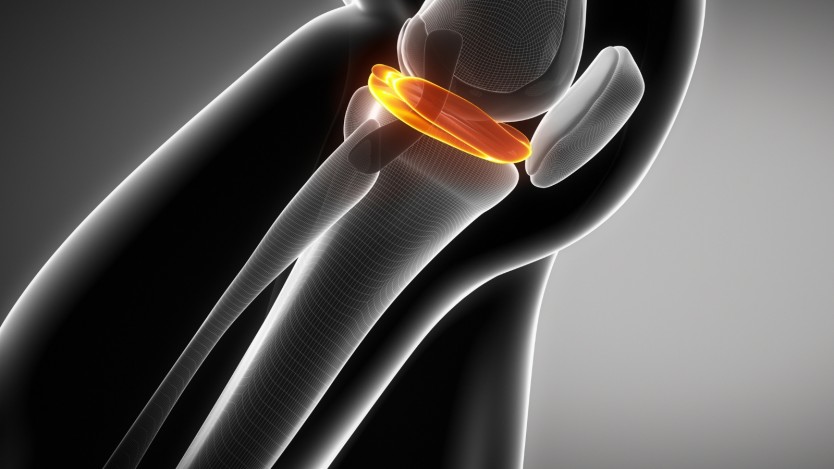Types of meniscal injuries: Lateral meniscus injury

Meniscal injury is usually referred to in general, never specifying whether it is an injury to the medial meniscus or the lateral meniscus.
In fact, when talking about a meniscal injury, people usually think of the meniscus in the knee, even though there are other menisci in the human body besides the meniscus in the knee joint. Curiosities aside, in this article we will talk about injuries to the lateral (knee) meniscus.
The lateral meniscus is much more mobile than its medial counterpart, so that the causes of longitudinal injuries or tears to the medial meniscus, such as compression and pinching, are much less common.
Despite this, there is the possibility of distension of the lateral parameniscus, caused by repeated microtrauma or by a single trauma directly on the parameniscus.
In either case, a fibro-conjunctival process may form as a consequence, which heals into a firmer structure, supporting the meniscus as if it were the medial meniscus. Another consequence can be a multiplicative process with the formation of a "cyst of the parameniscus".

This cyst is seen when the knee is in extension and disappears when the knee is flexed, due to the meniscus being displaced backwards, hiding it.
Sometimes the parameniscal cyst is a separate lesion, but its nature causes the lateral meniscus to become more fixed and therefore more prone to injury.
The shape of the lateral meniscus tear is "parrot's beak" and occurs horizontally. Not only this, but because it is a higher meniscus than the medial meniscus, two tears are produced, leaving a sort of tongue between the two.
The tearing process occurs during flexion-extension.
The upper part of the lateral meniscus follows the femur, while the lower part follows the tibia, producing the tear and the central tongue coming out, giving a "parrot's beak" image.
In order to know the frequency of lateral meniscus tears with respect to the medial meniscus, we can affirm that of the meniscus tears that occur in young patients, there are 5 lesions in the medial meniscus for every one that appears in the lateral meniscus.
In the case of tears in older patients, for every ten medial meniscus lesions, there is one lateral meniscus lesion.

Do you need to consult a trauma surgeon?
Purchase your medical voucher easily under Operarme's guarantees and select your nearest clinic/hospital.
Medical disclaimer: All the published content in Operarme is intended to disseminate reliable medical information to the general public, and is reviewed by healthcare professionals. In any case should this information be used to perform a diagnosis, indicate a treatment, or replace the medical assessment of a professional in a face to face consultation. Find more information in the links below:
